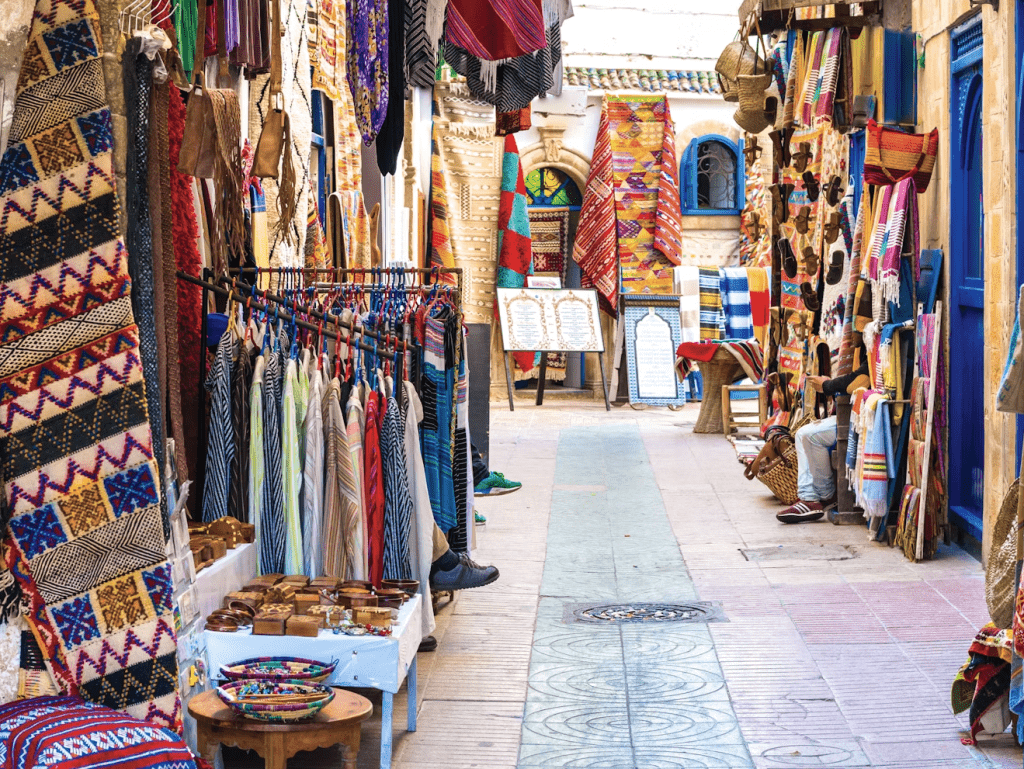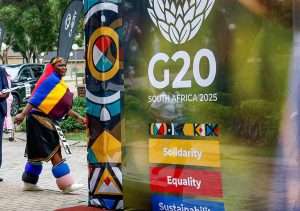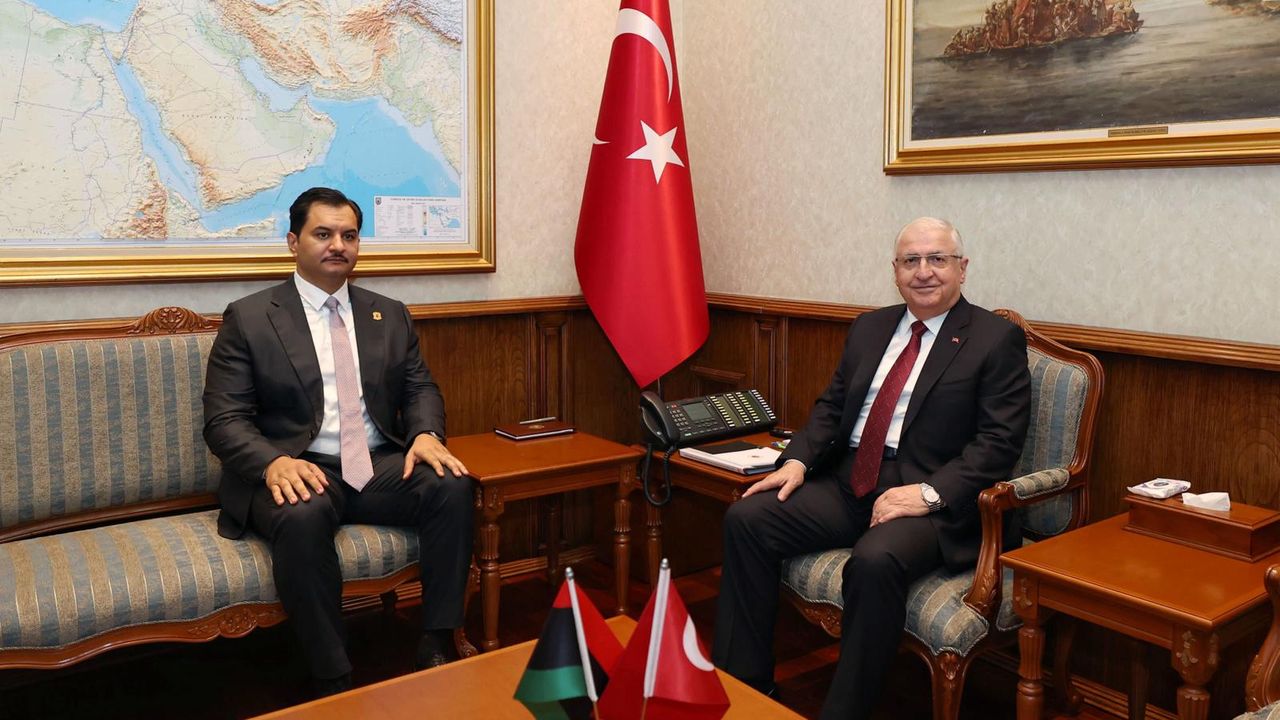Morocco’s textile sector is under pressure

Morocco’s textile and clothing sector experienced 7% growth, demonstrating a sense of resilience despite global competition, while maintaining eighth position amid EU sourcing destinations. However, structural challenges have shown the desperate need for strategic transformation towards higher value-added production, according to North Africa Post , on July 7th.
Recent figures from Morocco’s Foreign Exchange Office and Eurostat demonstrate the Kingdom’s textile exports to the EU reached € 881.7 million by April 2025, highlighting its growth while slowly creeping behind its global competitors (China and Bangladesh). China is currently leading with €7.88 billion (+24%), with Bangladesh following at €7.54 billion (+25%), while new entrants like Cambodia have risen by 45% since 2023.
Despite Morocco representing over half of the total EU exports, with exports reaching €526.1 million in April 2025 (+13%), it is evident that Morocco is still heavily dependent on Spain. Additionally, traditional markets are starting to show a concerning decline, such as France (-4%), Benelux (-17%), and Italy (-14%), whereas Portugal (+27%) and Germany (+24%) are experiencing growth.
The textile sector is currently facing product-specific challenges, where struggling segments such as trousers and pullovers are being outperformed by labour-intensive items such as t-shirts (+2%) and dresses (+3%). This discrepancy mirrors the partial market adaptation while enduring the persistent structural weakness.
On June 18th, 2025, a considerable improvement emerged from the meeting between Morocco’s textile association AMITH and Hugo Boss CEO in Metzingen. The luxury brand expressed its intentions in strengthening its industrial presence while maintaining “high standards of quality, traceability, and performance.”
However, problems remain with Morocco-Türkiye trade relations, with Morocco’s shortfall approaching $3 billion. Some of the actions that have been taken include 90% customs duties on specific Turkish textile products and continuing negotiations to revise the 2006 Free Trade Agreement, which aims to achieve a better proportioned commercial exchange, aiming $5 billion in bilateral trade, according to North Africa Post.
Industry specialists have emphasised that the future of Morocco’s textile sector depends on value-added transformation, integration into demanding global supply chains, quality-driven competitiveness instead of cost-based competition, and market diversification.
North Africa Post, Maghrebi.org
Want to chase the pulse of North Africa?
Subscribe to receive our FREE weekly PDF magazine












